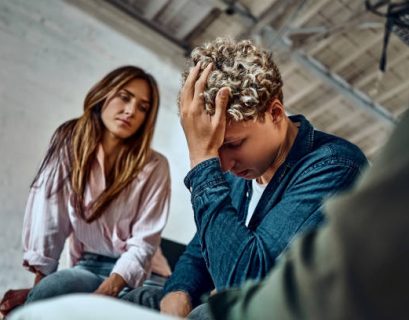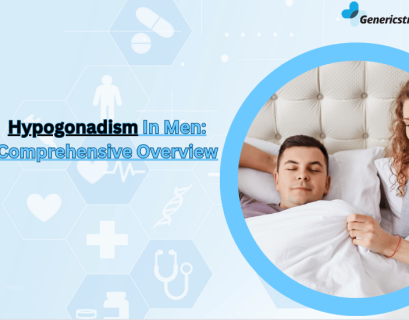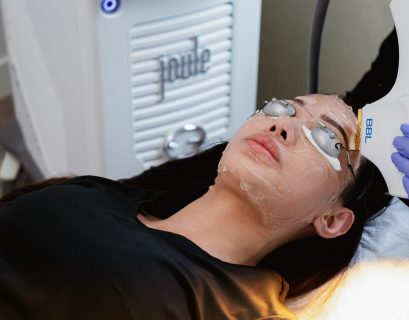Creativity and artistic expression have long been associated with personal fulfillment and joy, but their benefits extend far beyond aesthetics. Increasingly, research and clinical practice are recognizing the profound role that creativity can play in mental health. Artistic activities, from painting and writing to music and dance, are not only forms of self-expression but also powerful tools for emotional healing and psychological recovery. This article explores how creativity can aid mental health and enhance overall well-being.
The Therapeutic Power of Artistic Expressio
Artistic expression provides a unique avenue for individuals to communicate their inner experiences and emotions. Unlike traditional verbal communication, art can often convey complex feelings and thoughts that might be difficult to articulate with words. This form of expression can be especially beneficial for those who struggle with mental health issues, such as anxiety, depression, or trauma.
Emotional Release:
Creating art allows individuals to channel their emotions in a constructive way. Engaging in artistic activities can help release pent-up feelings, reduce emotional tension, and provide a sense of relief. For many, the process of creating art serves as a therapeutic outlet that alleviates stress and enhances emotional well-being.
Self-Exploration and Insight:
Artistic endeavors encourage self-exploration and self-discovery. By engaging in creative activities, individuals can gain insights into their thoughts and feelings, leading to greater self-awareness. This process of self-exploration can be instrumental in understanding and addressing underlying issues related to mental health.
Creativity and Stress Reduction
Artistic activities have been shown to reduce stress and promote relaxation. The act of creating art can induce a state of mindfulness, where individuals become fully absorbed in the present moment. This focused attention helps to shift the mind away from stressors and anxieties, providing a mental break and promoting relaxation.
Mindfulness Through Art:
Mindfulness, a practice that involves paying attention to the present moment without judgment, is often achieved through creative activities. Engaging in activities such as drawing, painting, or crafting allows individuals to focus on the process rather than the outcome, fostering a sense of calm and reducing stress.
Cognitive Benefits:
Artistic expression stimulates cognitive processes that can enhance mental clarity and focus. Activities like problem-solving in art or experimenting with new techniques engage the brain in novel ways, contributing to cognitive flexibility and overall mental agility.
The Role of Art Therapy in Mental Health Treatment
Art therapy is a structured form of therapy that incorporates artistic activities to support mental health treatment. It is used in various clinical settings and has been shown to be effective for individuals of all ages, including children, adolescents, and adults.
Trauma Recovery
rt therapy can be particularly beneficial for individuals who have experienced trauma. Creating art provides a non-verbal means to process and express traumatic experiences. Through artistic expression, individuals can work through their trauma at their own pace, gradually building resilience and emotional strength.
Enhancing Communication:
For individuals who find it challenging to communicate their feelings through conventional methods, art therapy offers an alternative. It can facilitate communication between therapists and clients, making it easier to address and explore complex emotions and experiences.
Improving Emotional Regulation:
Art therapy can help individuals develop healthier ways to manage and regulate their emotions. By expressing emotions through art, individuals learn to recognize and process their feelings, leading to improved emotional regulation and overall mental health.
Artistic Activities and Mental Health Benefits
Different forms of artistic expression offer distinct benefits for mental health:
Visual Arts:
Painting, drawing, and sculpting can provide a meditative experience, allowing individuals to express themselves and explore their inner world. Visual arts are particularly effective for enhancing self-awareness and reducing stress.
Music
Music therapy involves listening to, creating, or performing music. Engaging with music can evoke powerful emotional responses, improve mood, and provide a sense of connection. Music therapy has been used to support individuals with depression, anxiety, and trauma.
Writing:
Writing, including journaling and creative writing, allows individuals to articulate their thoughts and emotions. Writing can be a powerful tool for self-reflection, problem-solving, and emotional processing. It provides a structured way to explore and understand personal experiences.
Dance and Movement
Dance and movement therapies use physical movement to promote emotional and psychological healing. Dancing can help individuals release tension, improve body awareness, and express emotions that may be difficult to verbalize.
Practical Tips for Incorporating Creativity into Daily Life
Incorporating creativity into daily life can enhance mental well-being and support overall mental health. Here are some practical tips for integrating artistic expression into your routine:
Set Aside Time for Creativity
Dedicate regular time to engage in creative activities that you enjoy. Whether it’s painting, writing, or playing an instrument, making time for creativity can provide ongoing mental health benefits.
Explore Different Mediums:
Experiment with various forms of artistic expression to discover what resonates with you. Exploring different mediums can help you find new ways to express yourself and enhance your creative experience.
Embrace Imperfection:
Allow yourself to create without the pressure of achieving perfection. Artistic expression is about the process, not just the final product. Embrace imperfections as part of the creative journey.
Join Creative Communities:
Engage with others who share your creative interests. Joining art classes, workshops, or online communities can provide support, inspiration, and a sense of connection.
Use Art for Emotional Processin:
Use creative activities as a tool for processing emotions and experiences. Art can serve as a safe space to explore and express feelings, helping you gain insight and promote emotional healing.
The Science Behind Creativity and Mental Health
Research supports the therapeutic benefits of creativity for mental health. Studies have shown that engaging in artistic activities can reduce symptoms of anxiety and depression, improve mood, and enhance overall well-being. The benefits of creativity are attributed to its ability to facilitate self-expression, promote relaxation, and provide a sense of accomplishment.
conclusion, creativity and artistic expression play a significant role in mental health and recovery. By providing a means for emotional release, self-exploration, and stress reduction, art supports mental well-being and enhances overall quality of life. Incorporating creative activities into daily life can offer valuable tools for managing mental health challenges and fostering personal growth. As research continues to explore the relationship between creativity and mental health, the profound impact of artistic expression on emotional and psychological healing becomes increasingly clear.




















